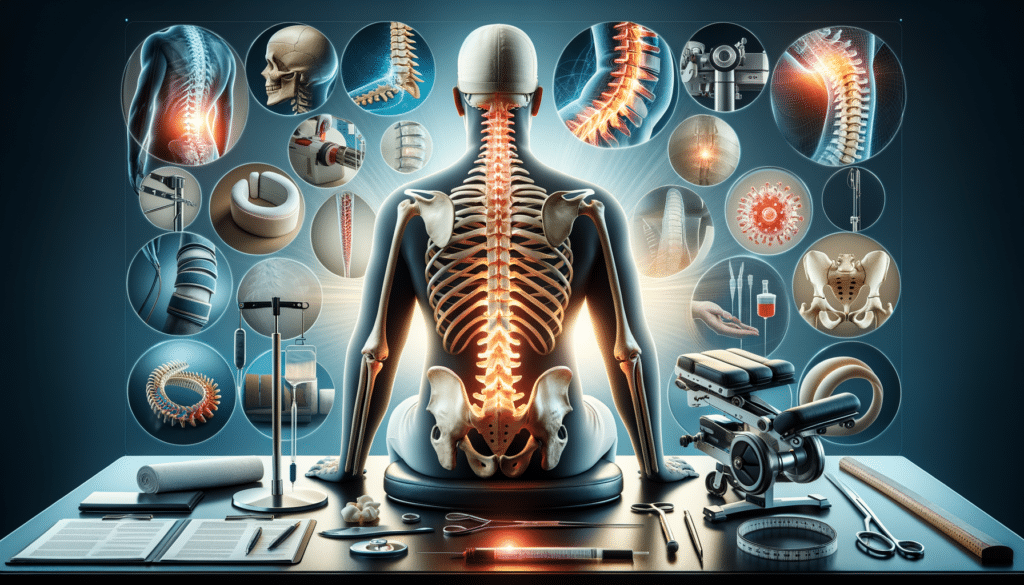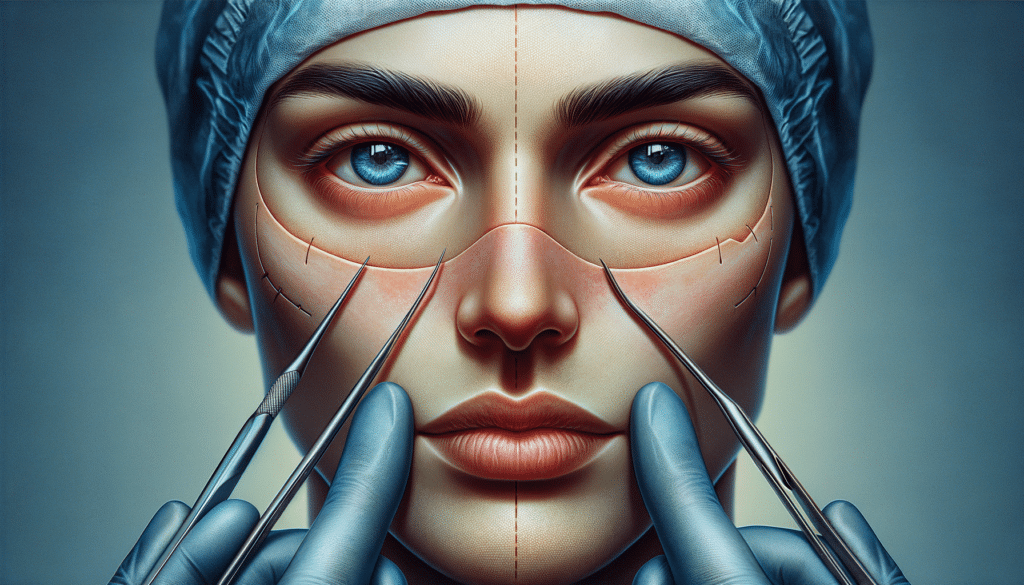Understanding Laser Skin Rejuvenation
Laser skin rejuvenation is a popular cosmetic procedure aimed at enhancing the skin’s appearance by reducing signs of aging, such as wrinkles and fine lines. This technique utilizes advanced laser technology to target the deeper layers of the skin, stimulating collagen production and promoting skin regeneration. The process involves the use of concentrated light beams that penetrate the skin to remove damaged cells and encourage the growth of new, healthier skin tissue.
The science behind laser skin rejuvenation lies in its ability to harness the body’s natural healing process. When the laser energy is absorbed by the skin, it creates controlled micro-injuries, triggering the body’s response to repair and renew the affected area. This leads to an increase in collagen and elastin fibers, which are essential for maintaining skin elasticity and firmness. As a result, the skin appears smoother, more even-toned, and youthful.
One of the key advantages of laser skin rejuvenation is its precision. Unlike other treatments, lasers can be calibrated to target specific areas of concern, allowing for customized treatment plans tailored to individual needs. This precision minimizes damage to surrounding tissues, reducing the risk of side effects and ensuring faster recovery times.
- Precision targeting: Lasers can be adjusted to focus on specific skin issues.
- Stimulates collagen production: Promotes natural skin regeneration.
- Minimal downtime: Faster recovery compared to invasive procedures.
Comparing Laser Skin Rejuvenation to Other Treatments
When considering skin rejuvenation options, it is important to weigh the benefits and limitations of various treatments. Laser skin rejuvenation stands out for its effectiveness and minimal invasiveness compared to other methods such as chemical peels, microdermabrasion, and surgical facelifts.
Chemical peels involve applying a chemical solution to the skin to exfoliate and remove dead cells. While effective in addressing surface-level issues, they may not penetrate deeply enough to stimulate collagen production, limiting their ability to address deeper wrinkles and scars. Microdermabrasion, on the other hand, uses a mechanical device to exfoliate the skin, which can improve texture but may not significantly impact deeper skin layers.
Surgical facelifts offer dramatic results by physically lifting and tightening the skin. However, they come with higher risks, longer recovery periods, and potential complications. Laser skin rejuvenation offers a balance between effectiveness and safety, providing noticeable improvements without the need for surgery.
- Non-invasive: No incisions or surgical risks.
- Effective for deep wrinkles: Targets deeper skin layers.
- Customizable: Tailored to individual skin concerns.
The Benefits of Laser Skin Rejuvenation
Laser skin rejuvenation offers numerous benefits that make it an appealing choice for those seeking to enhance their appearance. One of the most significant advantages is its ability to deliver long-lasting results. By stimulating collagen production, the treatment continues to improve skin texture and tone over time, with effects that can last for several months or even years.
Additionally, laser skin rejuvenation is highly versatile, capable of addressing a wide range of skin concerns. Whether it’s reducing fine lines, minimizing pores, or fading age spots and sun damage, this treatment can be customized to meet diverse needs. It also offers a relatively quick procedure time, often completed in under an hour, making it convenient for individuals with busy schedules.
Moreover, the non-invasive nature of laser skin rejuvenation means there’s minimal discomfort during the procedure, and most patients experience only mild redness or swelling afterward. This makes it an attractive option for those who want to avoid the downtime associated with more invasive treatments.
- Long-lasting effects: Continued improvement with lasting results.
- Versatile treatment: Addresses multiple skin issues.
- Quick and convenient: Short procedure time with minimal discomfort.




